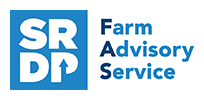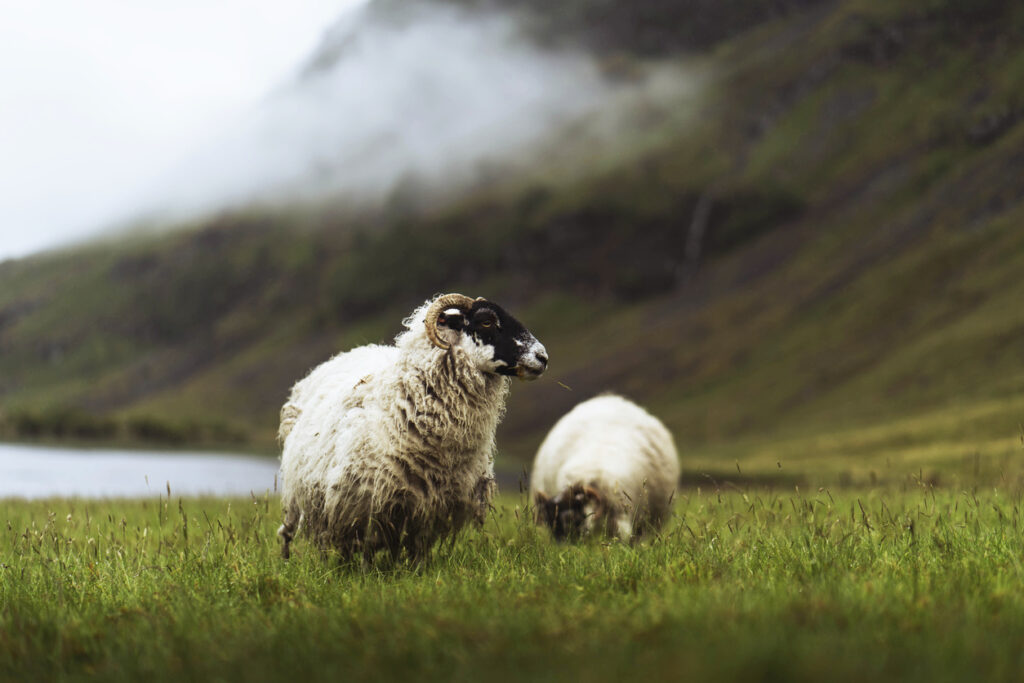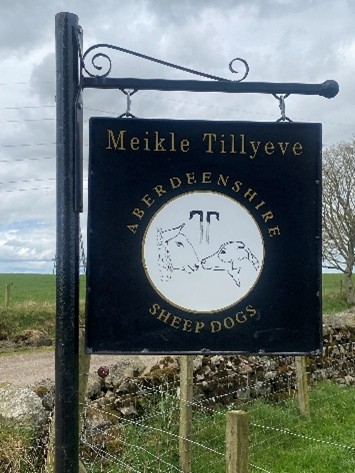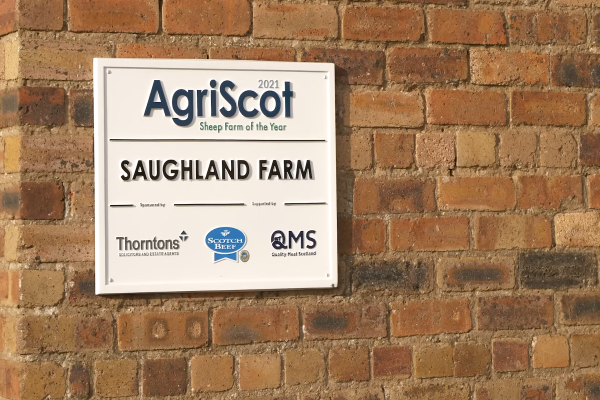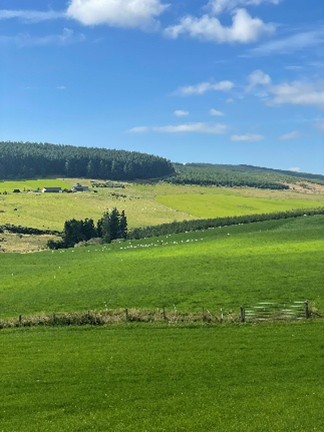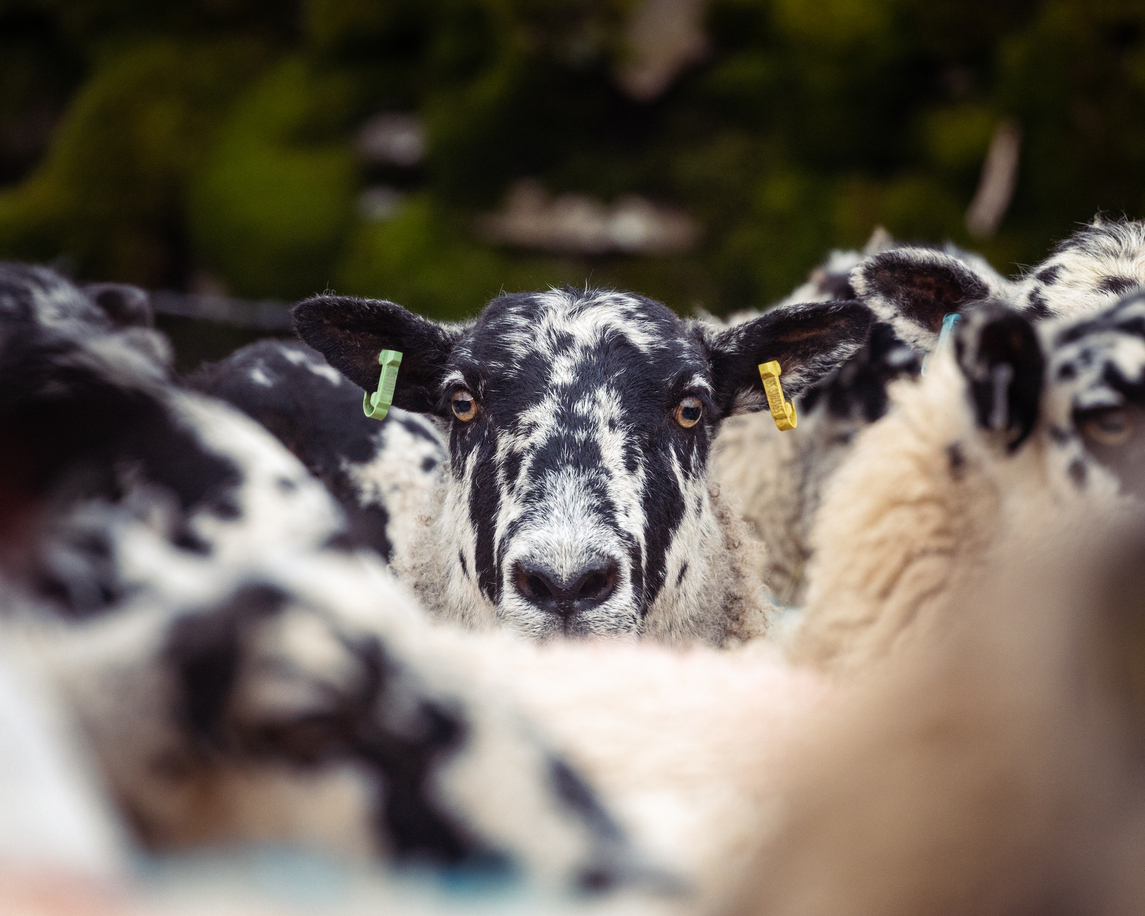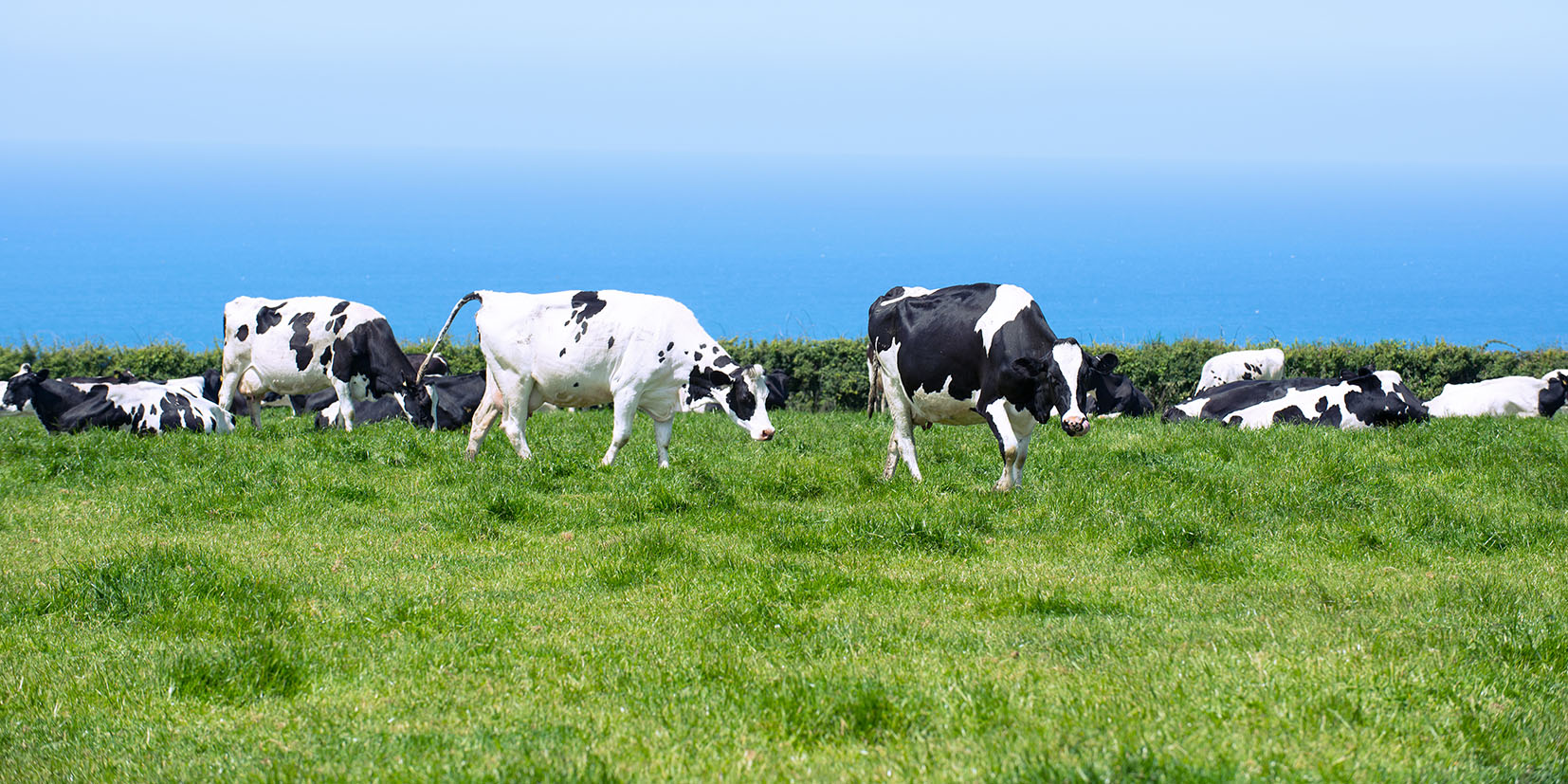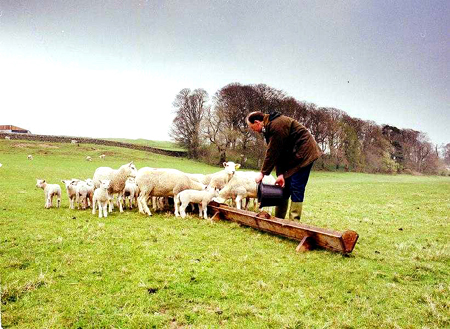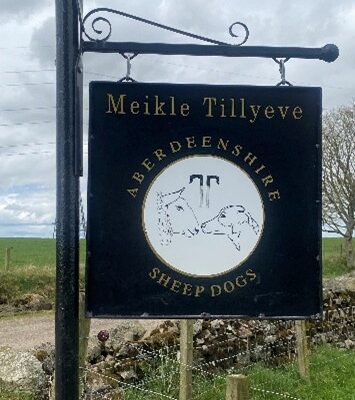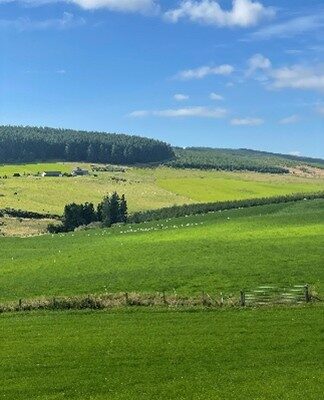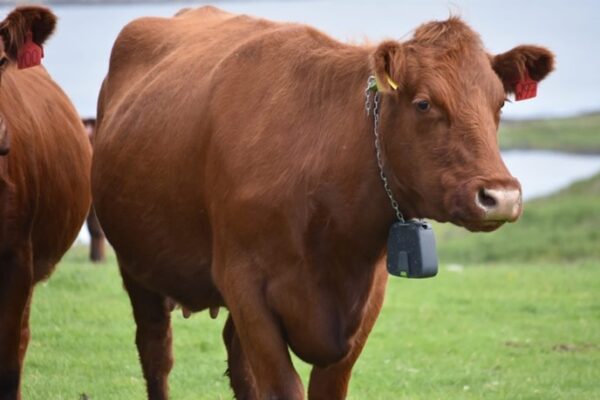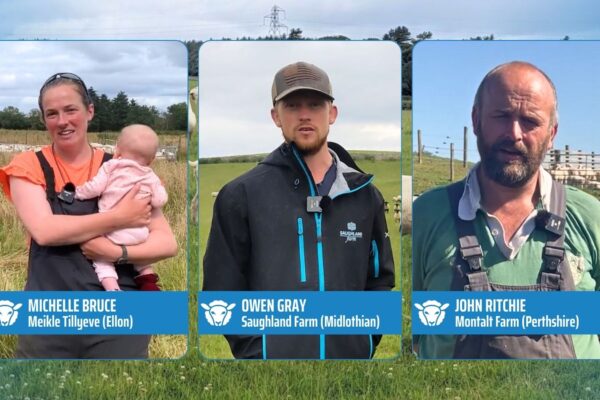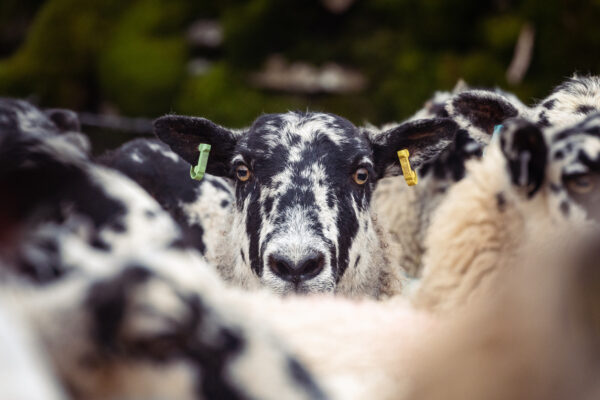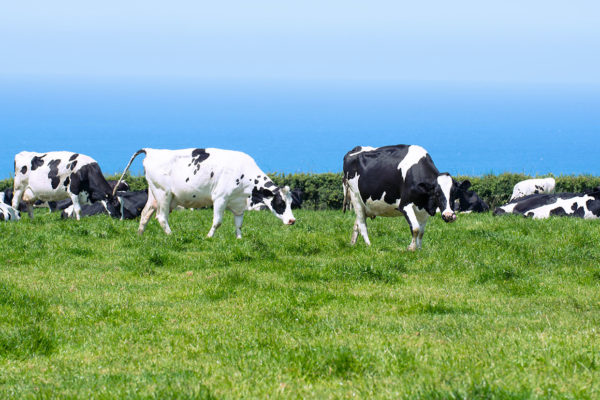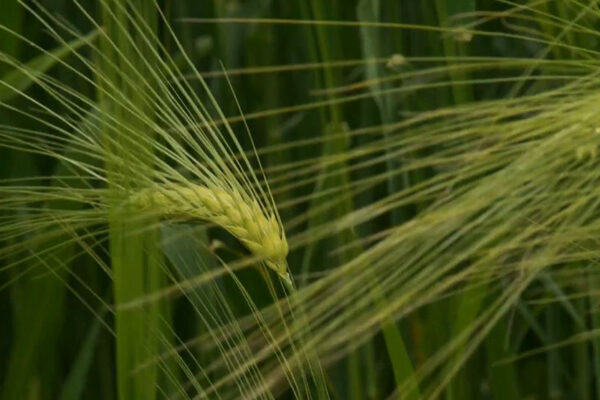Journey Towards Net Zero Emissions as an Upland Sheep Farmer
1 August 2025Benchmarking carbon emissions against kilograms of agricultural output sold provides a standardised and practical way to measure and compare environmental impact. This approach normalises emissions data, accounting for differences in farm size, production systems, and types of agricultural activities. By linking emissions to output, such as meat, or wool sold, it becomes possible to evaluate how efficiently a farm is using its resources relative to the products it generates. This case study, taken from a participant in the FAS Connect programme, aims to give an insight into how carbon benchmarking is being applied by Scottish farm businesses.
Ballarie Farm Partnership - A Case Study
This tenanted farm is held by Jessica Grant, a new entrant to farming who produces store and replacement blackface hoggs and ewes. Jessica viewed carbon auditing as a novel and innovative way of looking at business performance. The business completed its first carbon audit in 2022 after joining the carbon benchmarking group Net Zero Arran. At the time, funding was available through FAS and so there was no immediate or upfront cost to the business and Jessica was interested to establish a baseline for the business, curious to see what improvements might be possible with the correct support. This enthusiasm has continued into Preparing for Sustainable Farming (PSF), with the business utilising support for animal health and welfare.

Why Benchmark Against Kilograms of Agricultural Output?
When carbon auditing a farming business, benchmarking carbon emissions against kilograms of agricultural output sold provides a standardised and practical way to measure and compare environmental impact. This approach normalises emissions data, accounting for differences in farm size, production systems, and types of agricultural activities. By linking emissions to output, such as meat, or wool sold, it becomes possible to evaluate how efficiently a farm is using its resources relative to the products it generates.
This method emphasises the relationship between productivity and environmental sustainability. By focusing on emissions per unit of output, farmers can identify areas where improvements in efficiency can simultaneously reduce emissions and enhance profitability. For instance, practices that improve feed efficiency or herd health can lower emissions while maintaining or increasing the volume of high-quality products sold.
Additionally, this benchmarking approach facilitates fair comparisons across farms and aligns with global sustainability standards, which often assess environmental performance in terms of emissions intensity. It also resonates with market and consumer demands for transparency about the environmental impact of agricultural products, making it easier to communicate the carbon footprint of goods in a meaningful way.
Ultimately, benchmarking emissions against agricultural output highlights opportunities for sustainable intensification, encouraging farmers to adopt practices that balance economic viability with environmental stewardship while contributing to broader climate goals.
The Farm by the Numbers
- 1,500 hectares of permanent land
- A small park for growing silage
- A block of woodland
- Located to the extreme north of Arran
- Sits within the boundaries of the Arran Northern Mountains Site of Special Scientific Interest (SSSI)
- Overwhelming majority of the farm is region 3 upland rough grazing land with a deer population.
- Farms in close proximity to the general public.
- The business has diversified, and offers a range of farming inspired artwork and accessories through Ballarie Designs.
There is no hard boundary on the hill and so sheep need constant management, as they can move freely from the Ballarie hill to the adjacent land or into the village of Lochranza. The farm takes a single cut of silage when it can but in recent years has struggled with increasing deer pressure. As mentioned, the farm operates within the boundaries of a designated nature site, having 8 protected features, including breeding bird assemblage, upland assemblage and upland birch woodland and is a participant of the Agri-Environment Climate Scheme (AECS).
Important Considerations
- External and uncontrollable factors can make or break a carbon footprint, including weather conditions, predation, flock health issues and competing interests.
- Farming in extensive environments often goes hand in hand to with low carbon farming, even if carbon footprints are comparatively higher that conventional lowland units and farming systems.
- The natural constraints of farming in the uplands present factors not easily accounted for within the carbon auditing process.
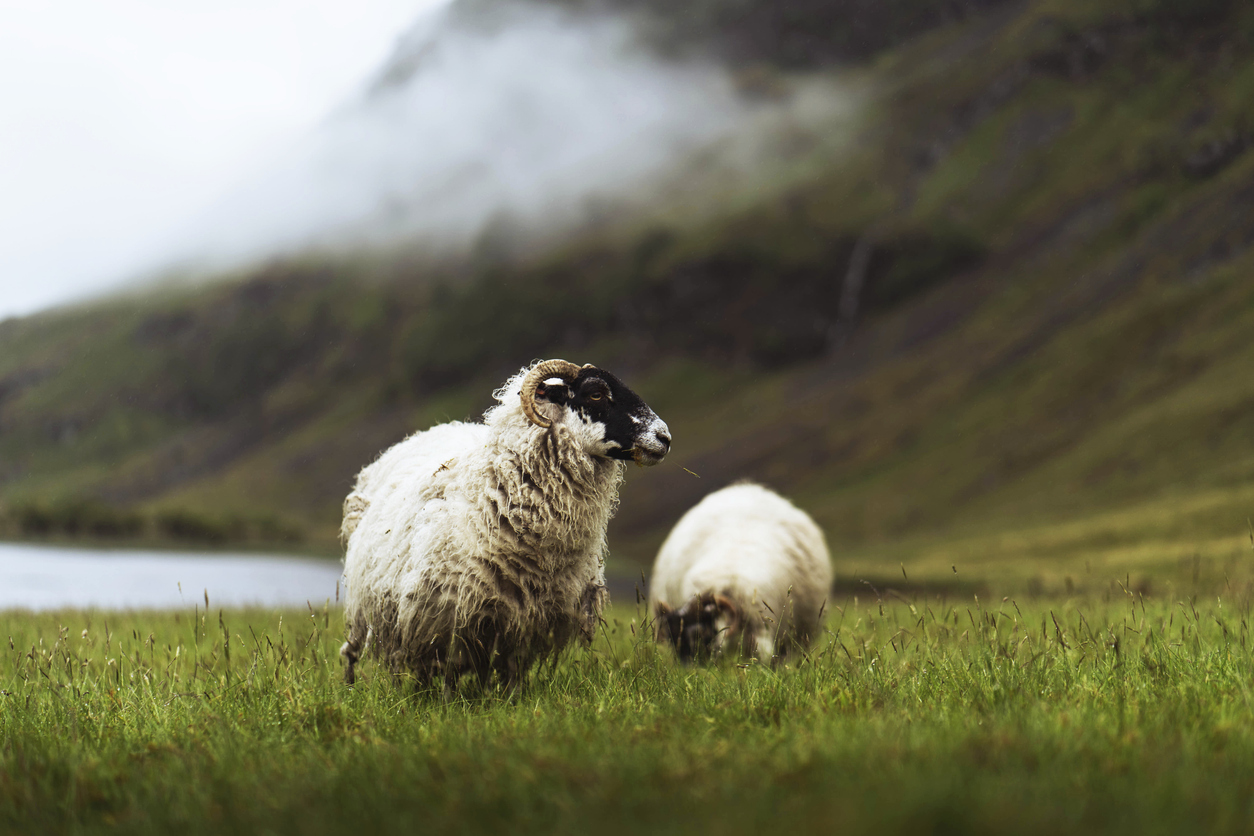
Results Since 2022
Since engaging with Net Zero Arran in 2022 the business has complete three carbon audits, the results of which have been summarised in the charts in this report.
| What has worked? | Rationale |
|---|---|
| Localised market for wool | Having a short supply chain is good for the business and the local economy, allowing the farm to sell produce quickly and efficiently, while also providing a valuable product to stimulate other local businesses. The lack of transport distance means that wool has lower carbon miles associated with it |
| Extending the hill park | Bringing an increased area into the inbye means that it can receive more targeted management. More control over grazing means that invasive species can be controlled, grassland utilisation can be improved and there is increased scope to monitor a greater number of breeding ewes |
| Investment in equipment and vehicles | The business recently purchased a new quad bike and snacker. The quad bike, while requiring more fuel will also burn it efficiently and means that the hill can be covered in less time, leaving more scope for additional activities. Having a snacker means that the sheep can be fed while preventing feed from being lost to deer. This means greater weight gain and flock health |
| Barriers to change | Rationale |
|---|---|
| Unintended consequences | Extending the existing hill park has allowed the farm to focus more on grassland management and brings with it the benefits of being able to keep more sheep in close proximity to the main steading, meaning sheep can be more effectively checked and management. However, having more sheep in an enclosed area like this has resulted in them being more susceptible predation, notably from crows, ravens and the white-tailed sea eagle – and the loss of lambs mean it is difficult to offset emissions with saleable output or retain critical mass within the breeding flock |
| High deer grazing pressure on land allocated to the flock | Arran in general has a high deer population, particularly so on the northern half of the island. Wild deer compete with agricultural livestock for grass and crop, resulting in lower uptake of homegrown feed than can possibly be accounted for and leading to high grassland utilisation on paper and low grassland utilisation in reality |
| Adverse weather conditions and lack of farm infrastructure | Weather and poor weather conditions can hit a farm in a way that is not immediately obvious in a set of carbon audit results, this is why a broader understanding of a farming system is required. With trials being undertaken across the western isles as to the impact of poly-tunnels for lambing for example, is there an opportunity to make better use of low-cost farm infrastructure? |
Jessica has expressed the aim to increase the breeding flock and overall stocking density across the hill, doing this will have a number of potential benefits; 1) more sheep held by the business, if combined with an improvement in lambing percentage should lead to rapid expansion of the breeding flock and more saleable output to offset emissions with, 2) more sheep on the hill could also assist in moving deer off the preferred inbye area, and 3) help to prevent the spread of invasive plant species.
However, increasing the flock without buying in replacement stock is a long, drawn-out process that can be easily hampered by lamb losses through a variety of factors – progress is slow.
Results and Findings
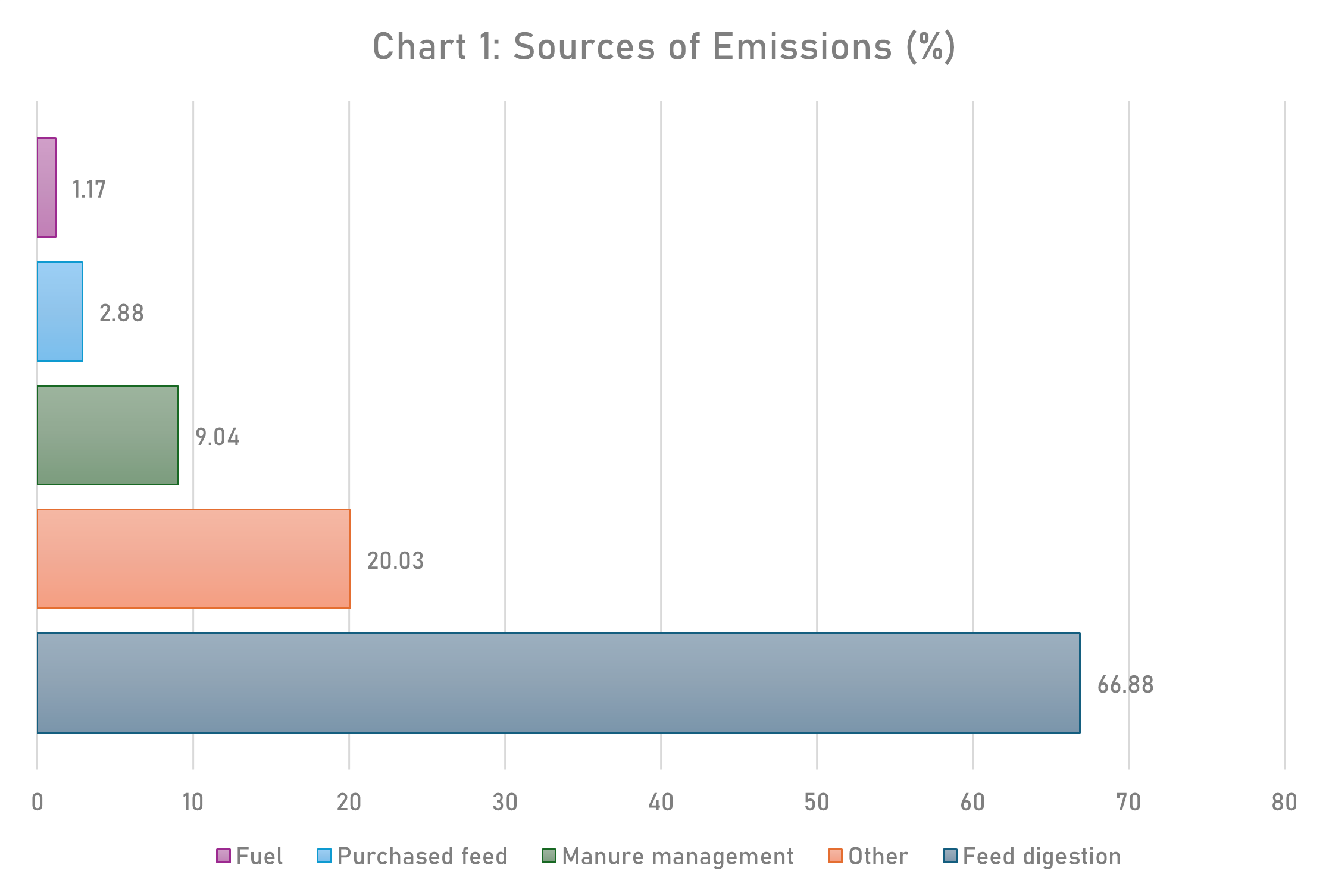
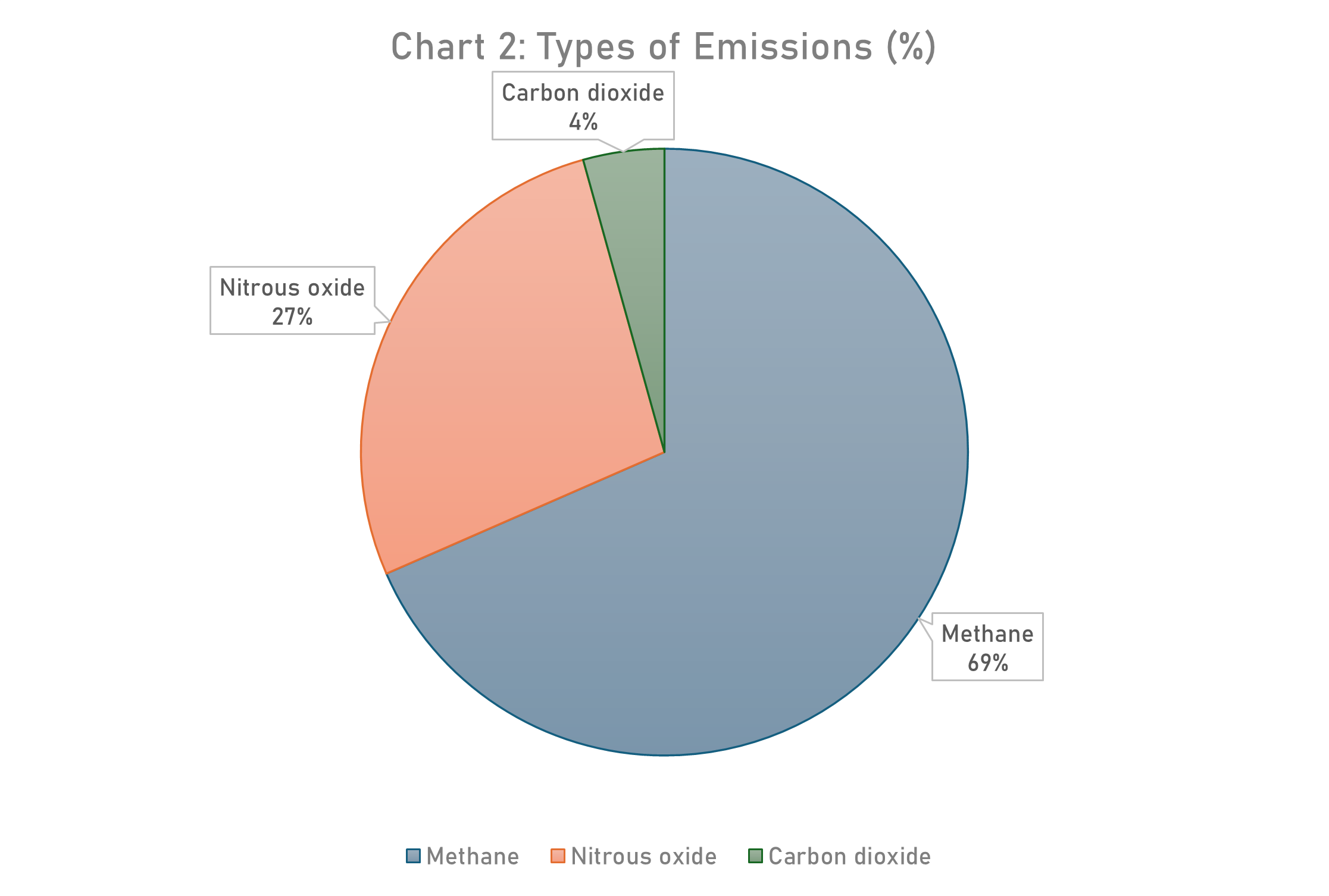
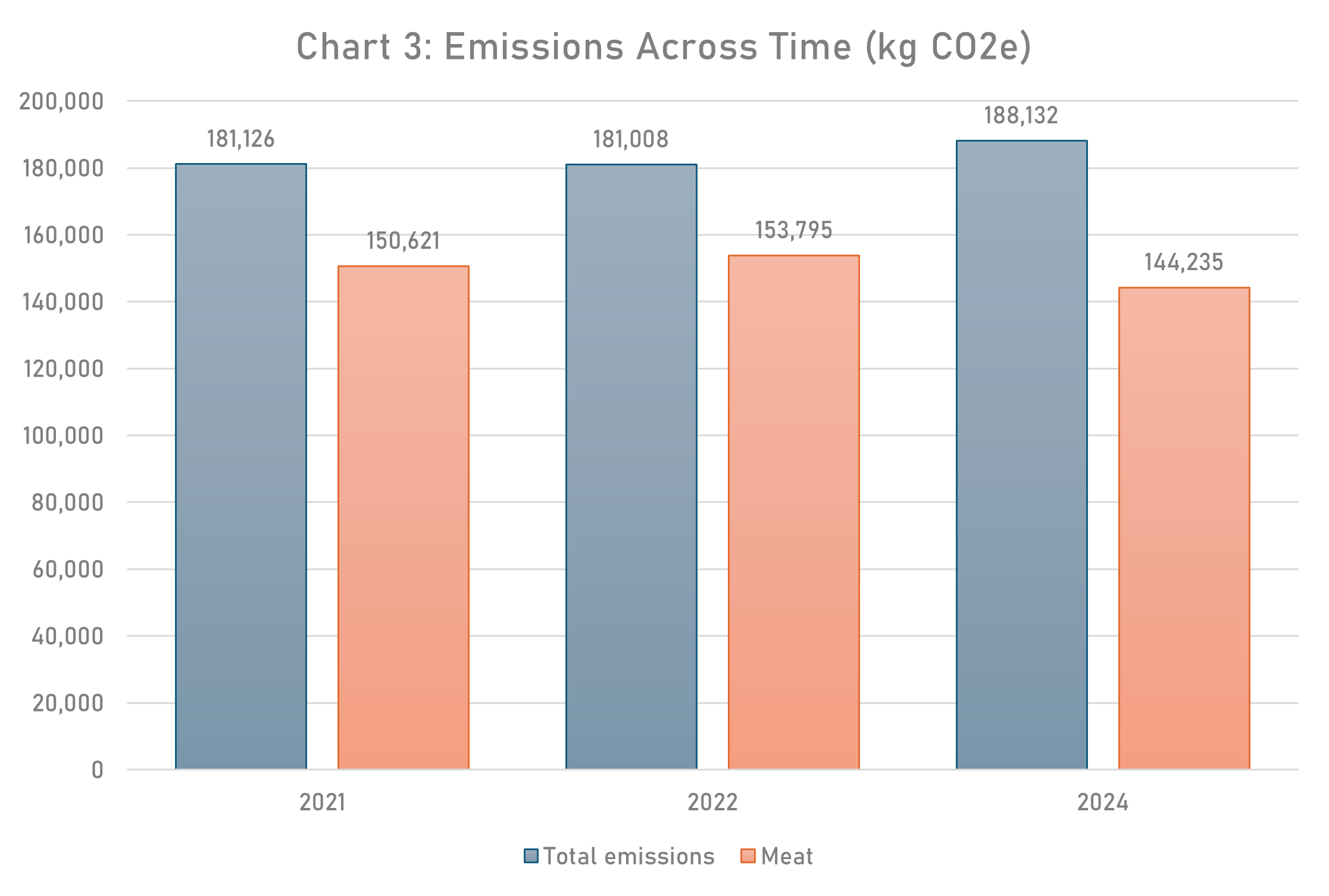
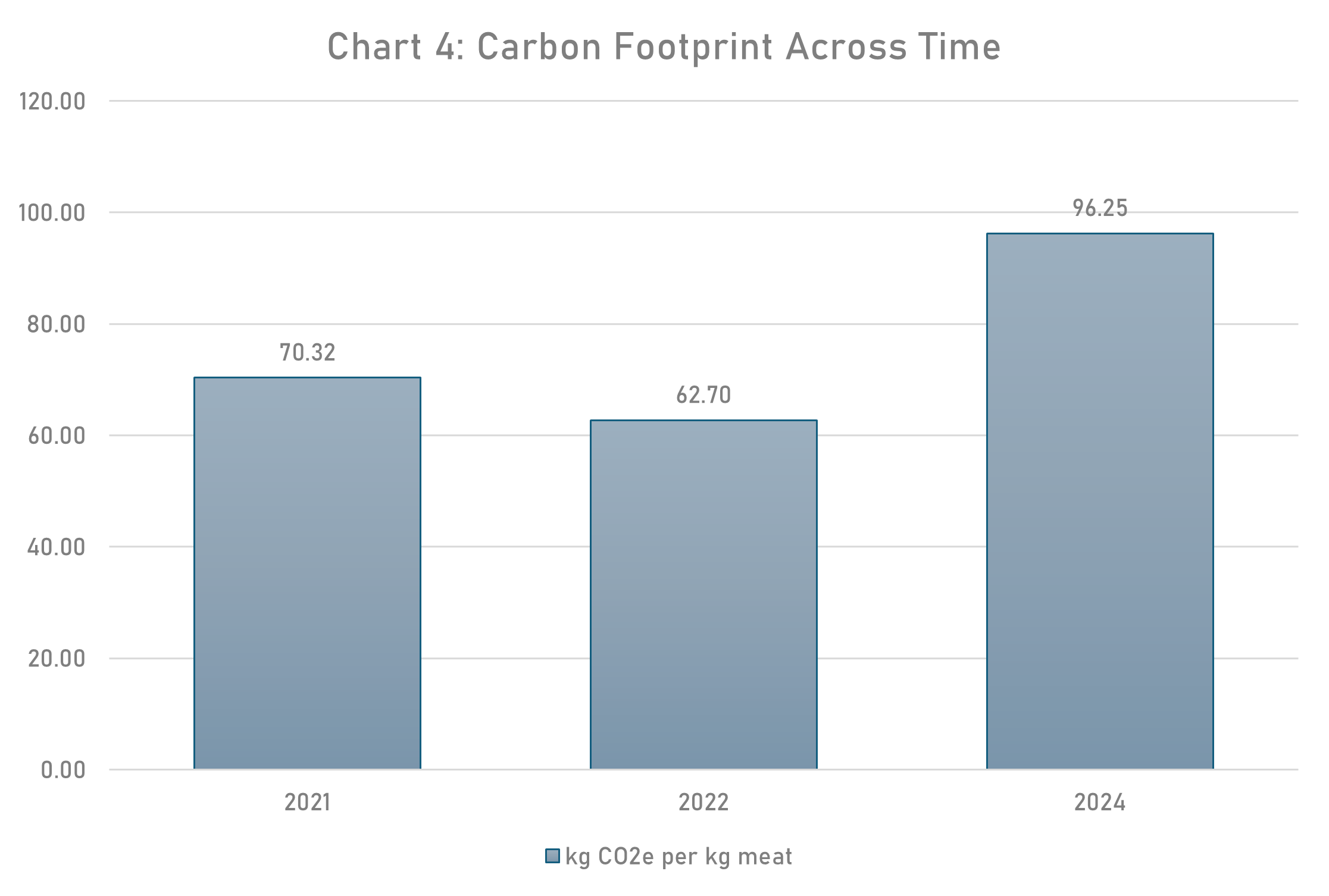
Despite the challenges presented in the final audit year, the good practice is clear and suggests that, were the business able to rebound from a disappointing lambing and subsequently increase the breeding flock and saleable output, the business would show a marked reduction in overall emissions and in the carbon footprint. This suggests that even modest, well-targeted changes on extensive hill farms can cumulatively contribute to reduced carbon footprints. Reductions can occur despite the challenging upland environment, and indicate that extensive systems, although often recording comparatively higher emissions per unit of output than lowland systems, have untapped potential for efficiency gains and environmental value.
The complexity of carbon auditing becomes more apparent when these results are placed in context. The process attempts to quantify something inherently fluid – biological systems influenced by climate, landscape, and seasonality. In the case of Ballarie, key external factors such as deer pressure, predation from birds of prey, and weather conditions are difficult to model within the established frameworks of standard carbon tools. These influences have very real effects on farm performance and emissions but aren’t easily captured or weighted appropriately in carbon figures. For example, an increase in lamb losses due to eagle predation has a direct impact on the amount of saleable output, raising emissions intensity even though the farm may not be doing anything wrong. Similarly, the presence of wild deer, competing with sheep for forage, lowers actual grass utilisation while the data might suggest otherwise, creating a misleading impression of inefficiency.
Positive Findings
Despite these barriers, there are reasons for optimism. The audits have validated some of the changes made, such as extending the hill park for more controlled grazing and improving feed protection using a snacker. The use of a local wool supply chain is another tangible success, contributing to both local economic resilience and reduced transport emissions. The business has also made use of support provided through PSF to make improvements in flock health. These actions, while modest, point to the broader truth that environmental improvements can emerge from locally rooted decisions that prioritise circular economies, better stock management, and adaptive infrastructure use.
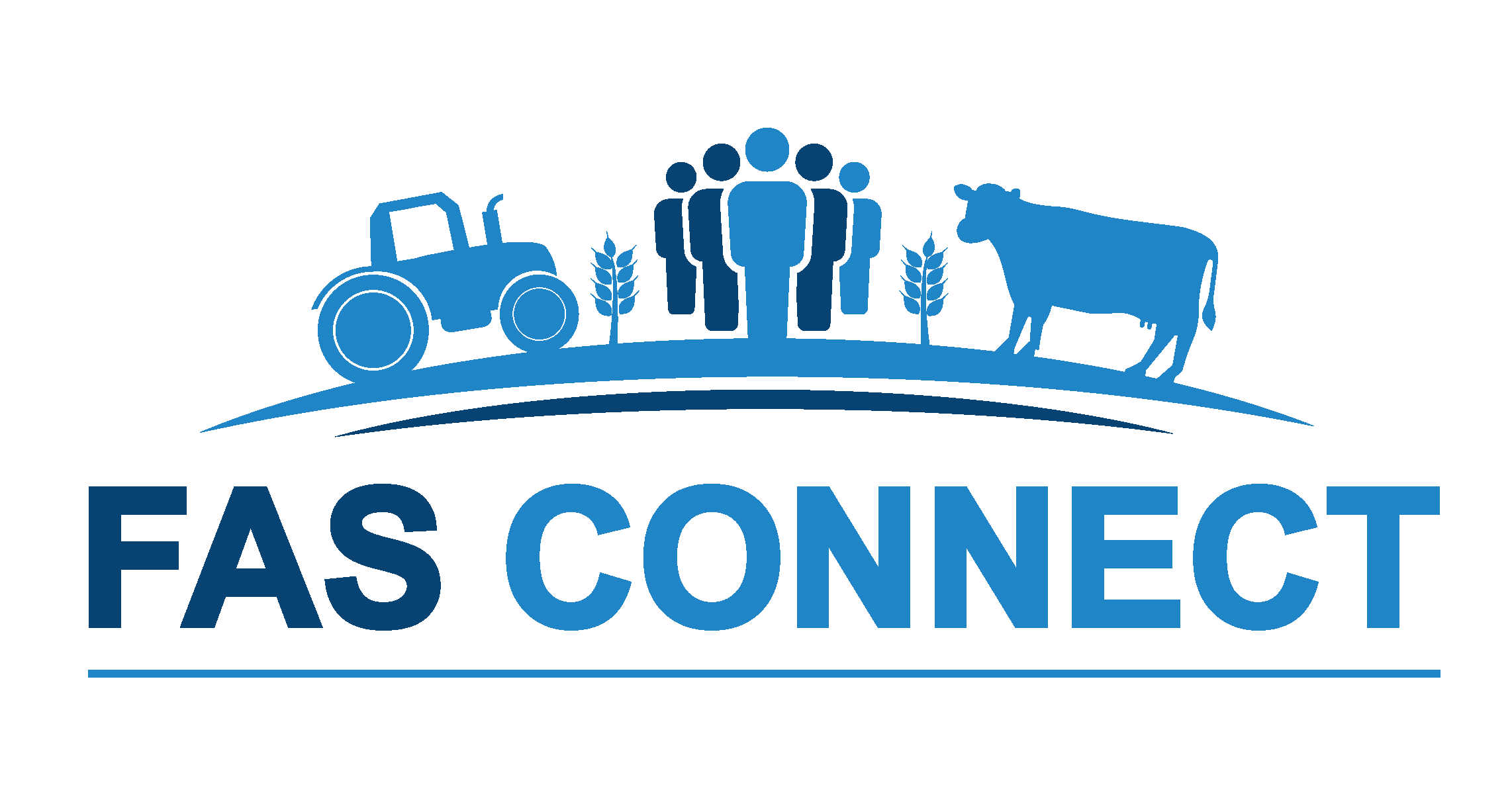
FAS Connect
Aimed at promoting knowledge exchange between specialists and farmers, and between farmers themselves, FAS Connect operates across the country, facilitated by consultants and advisors to address the topics and issues impacting farming businesses at sector level and across the industry. The initiative, which is funded by Scottish Government as part of the FAS programme overall is crucial to fostering cooperation and interaction between farmers and is key to many developing their networks and having the confidence to drive forward their businesses.
FAS Connect is run throughout Scotland and covers a wide range of topics, from grassland to arable, livestock and diversification, crofting, carbon and everything in between. For more information and to find out how to get involved, click here: https://www.fas.scot/connect/
Alexander Pirie, SAC Consulting
Related Resources
Sign up to the FAS newsletter
Receive updates on news, events and publications from Scotland’s Farm Advisory Service
